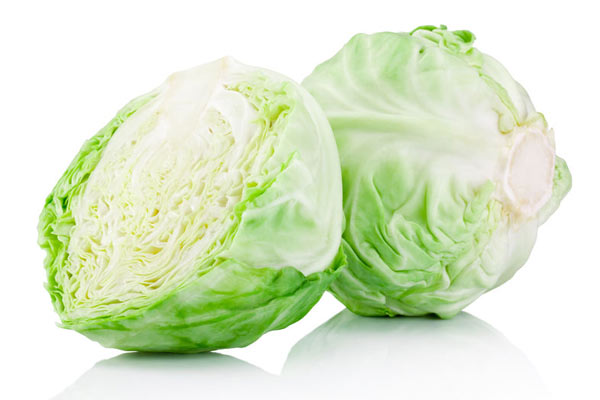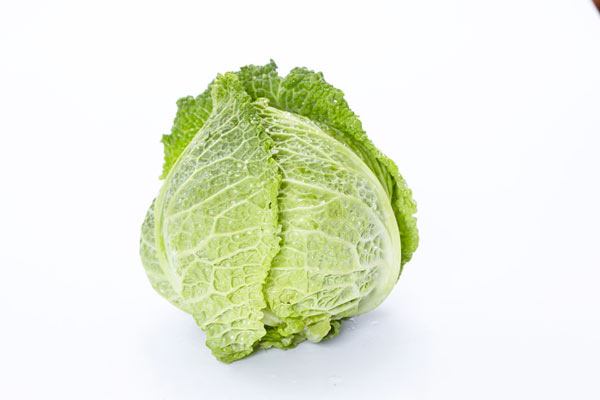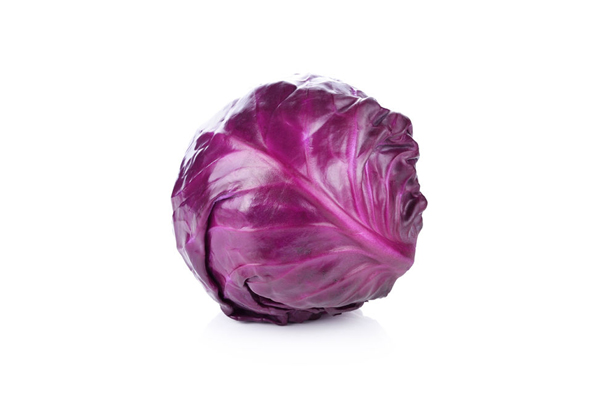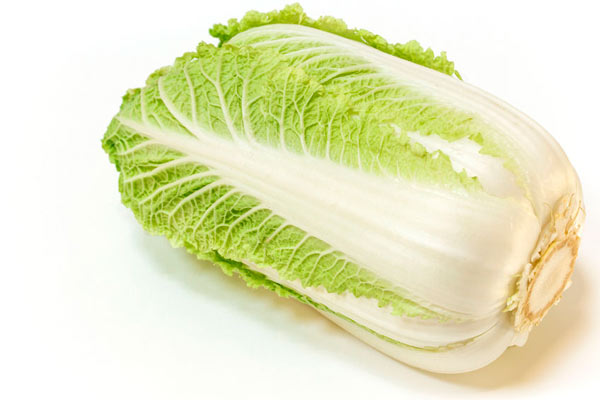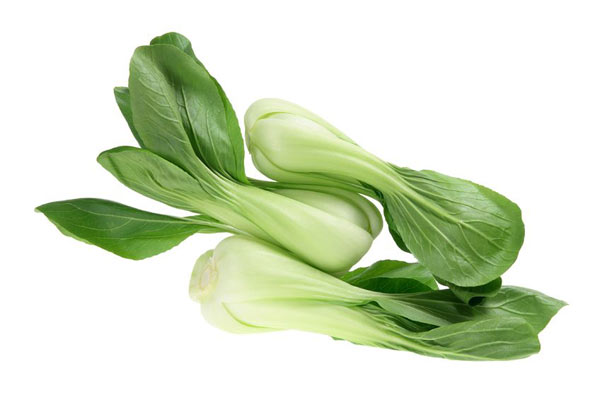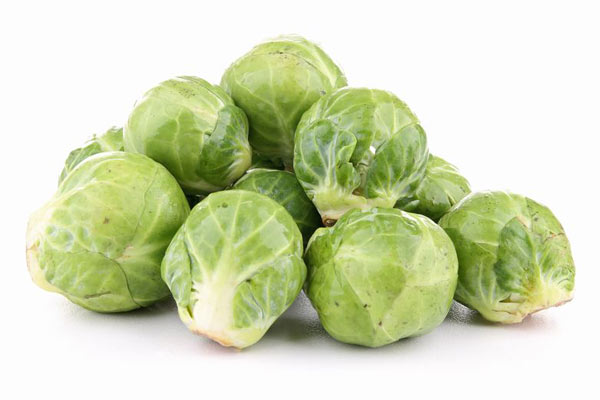Your Guide To Cabbage
Need a guide to cabbage? This one should help! It covers different types of cabbage, how to select it, how to prep it, recipes to cook it and how to store it. Lets dive in!
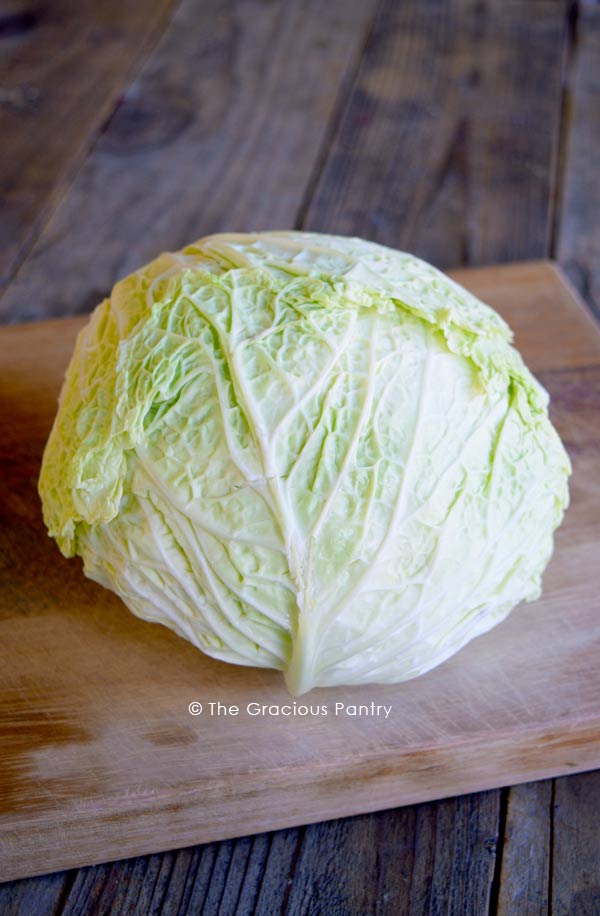
YOUR GUIDE TO CABBAGE IN THE KITCHEN
Cabbage is fabulous stuff. If you aren’t a fan, I’d be willing to bet you’ve never had it cooked properly. Honestly, this lovely veggie is delicious in the right recipes. Plus, now that I’m focusing on reducing my carb consumption, cabbage is wonderful for all sorts of things. It’s a low carb veggie and it can go into dishes that span a great variety. Everything from German cabbage soup to stir fry or even as part of a meat dish (see recipes links below).
Cabbage is often found year round in grocery stores, but it’s true season is fall through the end of winter.
TYPES OF CABBAGE
This wouldn’t be a good guide to cabbage unless we cover some of the different varieties. Here are the most commonly found types of cabbage.
- Green Cabbage – Great for all types of recipes.

- Savoy Cabbage – Great for wraps, but can be used much like green cabbage.

- Red Cabbage – Best eaten raw, unless you don’t mind your dinner turning purple.

- Napa Cabbage – Eat raw or cook al dente – easily overcooks.

- Bok Choy – Best sautéed.

- Brussels Sprouts – These are best roasted or grilled – If steaming, cook al dente as they flavor gets too strong with prolonged cooking.

SELECTING CABBAGE
Selection will be slightly different based on the cabbage you purchase, but generally speaking, you want leaves that are tightly wrapped. A little bruising or a few bad spots on the outer leaves are not a big deal simply because you usually remove the outer leaves anyway when cleaning your cabbage.
A head of cabbage should feel heavier than it looks and it’s color should be bright and vibrant. Avoid purchasing cabbage that has been cut in half. You will sometimes see these if somebody only wants to buy half a cabbage. The produce guy will cut it in half, wrap the other half and put it back out for sale. But a cabbage that has been cut quickly begins to lose nutrients. So the same can be said for storing it at home. For maximum nutrition, be sure to cut just before cooking.
STORING CABBAGE
Cabbage should be kept loosely wrapped in plastic (like the plastic produce bags you probably brought it home in) and kept cool in the fridge. They will last about 2-3 weeks this way. But cabbage shouldn’t usually sit around too long, so if you buy it, make sure to use it as soon as possible for maximum nutrition and flavor as well as texture.
FREEZING CABBAGE
Yes, you can freeze cabbage! This was news to me as I’ve never done it before, but apparently it works pretty well. You can put cabbage in the freezer for a short amount of time without blanching, but don’t leave it in the freezer for longer than a month or two. A better recommendation is to blanch your cabbage for 90 seconds, transfer to an ice bath for 90 seconds, drain, package and freeze for up to about 5-6 months.
PREPPING CABBAGE
Prepping cabbage is easy. If your outer leaves cover the entire head of cabbage well, you don’t even really need to wash it. Simply remove the outer leaves. However, that’s not always the case, so I recommend a good rinsing on top of removing the outer and/or damaged leaves.
For heads of cabbage, (not brussels sprouts or bok choy) you’ll need to remove the core of your cabbage as they can be pretty tough. You can discard them, compost them or freeze them for making veggie stock.
TO DO THIS:
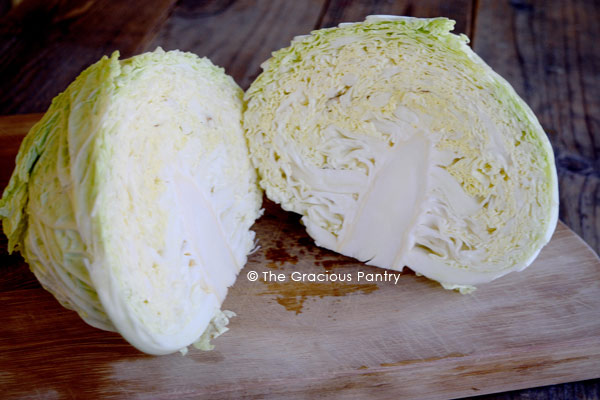
Cut your cabbage in half.
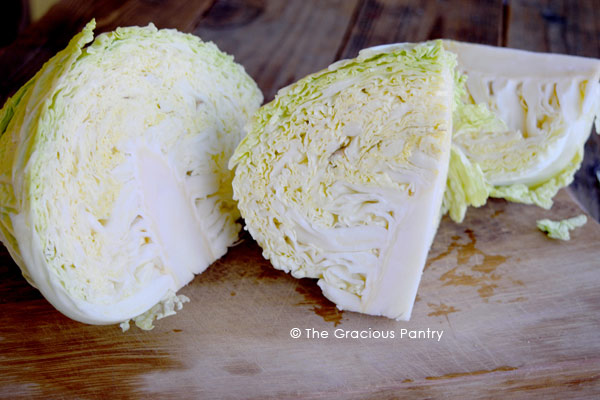
Then into quarters which exposes the core.
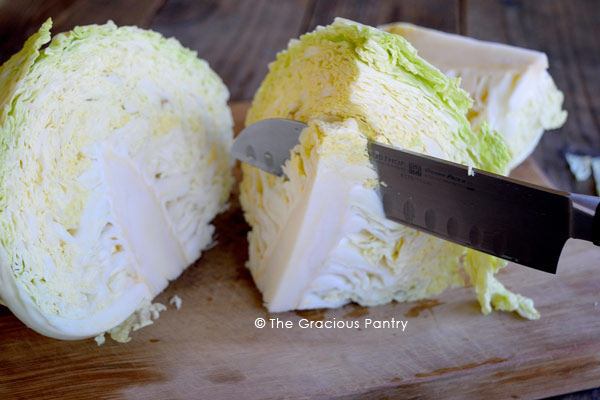
Slice off the core.
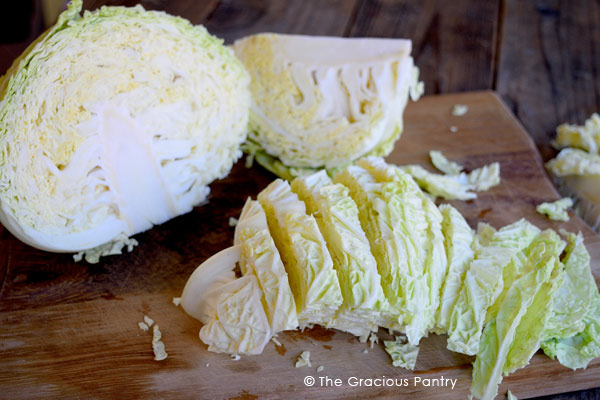
Slice your cabbage unless you need the whole leaves for something like cabbage rolls.
COOKING CABBAGE
Contrary to popular belief, boiling is not the only way to cook cabbage. On the contrary! You can grill it, sauté it, roast it in the oven, braise it or even eat it raw. Yum!!
If you are making slaw and don’t want it to be too watery, take this tip from The Kitchn (3)!
If you’re using your cabbage for coleslaw, try salting it first before combining it with the other ingredients. Toss a head of shredded cabbage with one tablespoon of salt, let it sit in a colander for at least an hour, and then squeeze out as much liquid as you can. This helps expel a good chunk of excess moisture that’s hidden in the cabbage that would otherwise result in a soggy slaw.
SPICE AFFINITIES
Generally speaking, these are some of the affinities for cabbage. This list can change depending on the specific cabbage used. For example, red cabbage pairs well wit tart fruits and sweeteners, whereas bok choy pairs well with soy sauce and sesame.
- Caraway seed
- Garlic
- Ginger
- Mustard
- Black pepper
- Thyme
- Vinegar
CLEAN EATING RECIPES USING CABBAGE
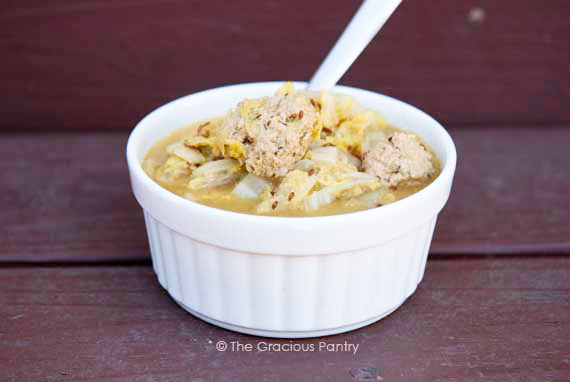
Clean Eating German Cabbage Soup
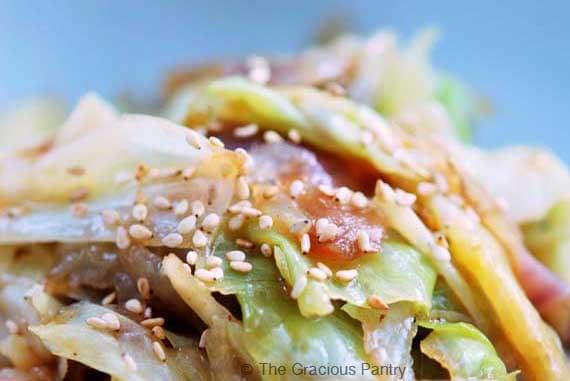
Clean Eating Bubble And Squeak

Clean Eating Italian Style Cabbage Rolls
I hope you’ve enjoyed this guide to cabbage! If you think I left something out, please feel free to leave a comment below. I welcome all informational suggestions!
SOURCES
The Flavor Bible: The Essential Guide to Culinary Creativity, Based on the Wisdom of America’s Most Imaginative Chefs by Karen Page & Andrew Dornenburg (affiliate link)


